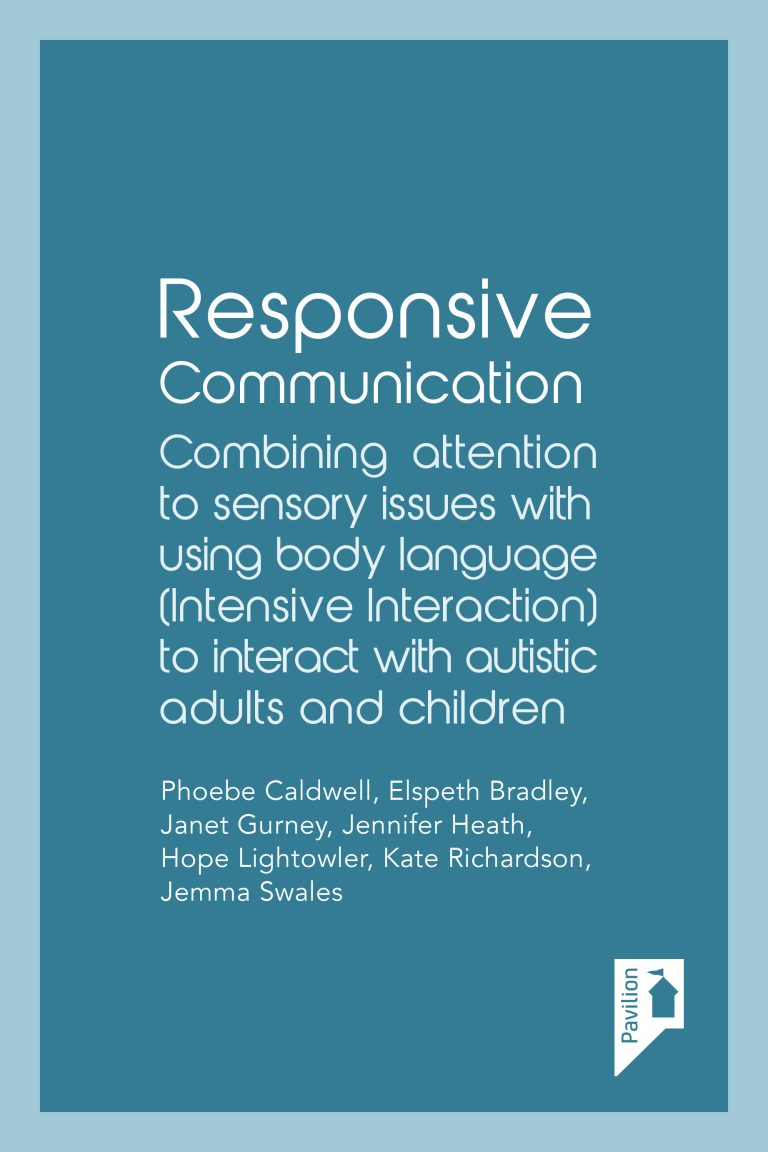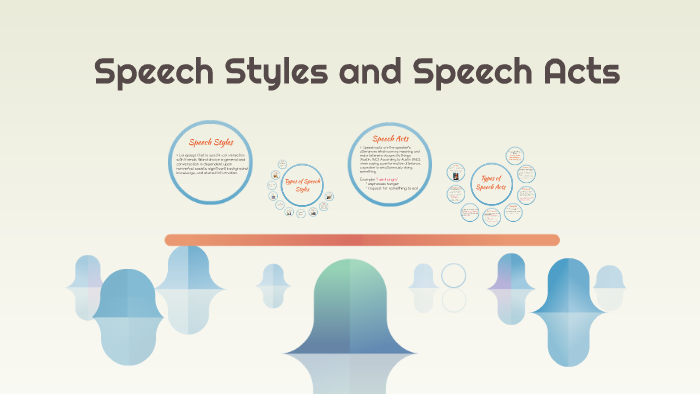How to Use Availability Bias in Communication?
To use availability bias in communication, emphasize familiar or recent examples to influence perception and decision-making. By understanding this cognitive bias, you can tailor your message to resonate with the audience’s biased perceptions.
Leveraging availability bias in communication can significantly impact how your message is received. This psychological phenomenon, rooted in people’s tendencies to rely on readily available information, can be strategically utilized to influence opinions and behaviors. By subtly incorporating relatable or prominent examples into your communication, you can effectively steer the audience’s focus towards your intended narrative or call to action.
Furthermore, acknowledging the prevalence of availability bias allows you to craft compelling and persuasive content that plays into the audience’s subconscious reliance on easily accessible information. Understanding and leveraging this cognitive bias can elevate the effectiveness of your communication strategies and enhance audience engagement.
Recognizing Availability Bias
Recognizing availability bias can greatly enhance your communication skills. Availability bias is a cognitive bias that influences decision-making based on easily accessible or memorable information. By understanding the cognitive process behind availability bias and recognizing real-life examples, you can effectively leverage this bias in your communication.
Real-life Examples
Real-life examples can help you grasp the concept of availability bias better. For instance, consider a news article reporting a rare shark attack. While sharks are generally not a significant threat to humans, the vividness and emotional impact of the story may lead individuals to overestimate the risk of shark attacks. This distortion occurs because the availability of the news story makes it more easily accessible in their minds.
Understanding The Cognitive Process
Understanding the cognitive process behind availability bias is essential for using it effectively. The bias occurs due to the brain’s reliance on readily available information, rather than a careful analysis of all available data.
- Information accessibility: The brain assigns greater importance to information that is easily accessible, such as recent or highly publicized events.
- Retrievability: When information is readily retrievable from memory, individuals tend to prioritize it over less accessible information, even if the latter is more accurate or comprehensive.
- Emotional impact: Vivid or emotionally charged events are more likely to be stored and recalled, leading to their overestimation in decision-making.
Leveraging Availability Bias In Communication
When it comes to effective communication, leveraging availability bias can significantly enhance the impact of your message. Availability bias is a cognitive shortcut where people’s decisions are influenced by the information readily available to them. By strategically weaving familiar scenarios and vivid stories into your communication, you can effectively tap into this bias, making your message more relatable and memorable.
Appealing To Familiar Scenarios
Appealing to familiar scenarios is a powerful way to leverage availability bias in communication. Using real-life examples or relatable situations that your audience is likely to have experienced can make your message more accessible and impactful. When people can easily recall similar situations, they are more likely to be influenced by the information you are presenting. For instance, if you are discussing the importance of saving money, you might share a personal anecdote about a common struggle with budgeting.
Using Vivid And Memorable Stories
Vivid and memorable stories have the potential to captivate your audience’s attention and leave a lasting impression. When crafting your message, incorporating engaging narratives that evoke emotions or depict vivid imagery can significantly leverage availability bias in communication. By painting a clear picture or sharing a compelling story, you increase the chances of your message being top of mind for your audience. For example, if you are promoting a product, sharing a remarkable success story of a previous customer can make a strong impact.
Avoiding The Pitfalls Of Availability Bias
When it comes to communication, avoiding the pitfalls of availability bias is essential for presenting a well-rounded and accurate message. Availability bias occurs when individuals rely too heavily on information that is readily available, often overlooking less accessible but equally important data. It can lead to skewed perspectives and flawed decision-making. Thankfully, there are strategies you can employ to mitigate the effects of availability bias in your communication efforts.
Balancing With Other Perspectives
One effective way to counteract availability bias in communication is to actively seek out and incorporate diverse perspectives. By considering a range of viewpoints, you can mitigate the impact of any single, disproportionately available source of information. Ensure that you engage with a variety of individuals and sources to gather a comprehensive understanding of a topic, thereby minimizing the potential for biased communication.
Seeking Diverse Information Sources
Another crucial approach to avoiding the pitfalls of availability bias is to seek information from diverse and reliable sources. This entails actively seeking out information from a wide range of reputable sources and incorporating this diverse array of data into your communications. By doing so, you can create a broader and more thorough understanding of the topic at hand, bypassing the limitations imposed by the information that is most readily available.
Improving Decision-making Through Awareness
We often make decisions based on our prior experiences and the information readily available to us. This is known as availability bias, a cognitive shortcut that can influence our judgment. By understanding and utilizing availability bias in communication, we can improve our decision-making process. In this article, we will explore how to effectively use availability bias, focusing on two key aspects: considering alternative options and evaluating available evidence.
Considering Alternative Options
When faced with a decision, our minds tend to gravitate towards the options that are most easily recalled or readily available. However, this can lead to biased judgments and limited perspectives. To overcome availability bias and make better decisions, it is essential to consciously consider alternative options.
One effective way to do this is by brainstorming or seeking input from others. By actively seeking out diverse perspectives, we can gain new insights and challenge our own biases. Additionally, taking the time to research and explore alternative possibilities can help us overcome the tendency to rely solely on familiar options.
Evaluating Available Evidence
Availability bias can also impact the way we evaluate evidence. We may be more inclined to rely on information that is readily available to us, even if it may not be the most accurate or comprehensive. To counteract this bias, it is crucial to evaluate the available evidence critically.
One approach is to actively seek out additional sources of information. By consulting a variety of reputable sources, we can obtain a more balanced and comprehensive view of the subject matter. It is also helpful to consider the credibility and relevance of the sources we rely on, as well as any potential biases they may have.
Another strategy is to weigh the available evidence against our own prior experiences. By analyzing the similarities and differences, we can determine how relevant and reliable the evidence is in the context of our decision-making process.
Overall, improving decision-making through awareness of availability bias involves considering alternative options and evaluating available evidence thoroughly. By consciously challenging our biased judgments and seeking diverse perspectives, we can make more informed decisions. Additionally, critically evaluating the available evidence helps us avoid relying solely on what is easily accessible. By implementing these strategies, we can enhance our decision-making abilities and make more thoughtful choices.
Applying Availability Bias In Marketing
Availability bias, a cognitive bias that affects decision-making, can be a powerful tool in marketing. By understanding how this bias works, marketers can craft persuasive messages and create memorable branding that resonates with their target audience.
Crafting Persuasive Messages
When it comes to crafting persuasive messages, it is important to tap into the availability bias. This bias suggests that people tend to rely on information that is readily available to them, rather than seeking out alternative or more accurate information.
Here are some strategies for leveraging availability bias in your marketing messages:
- Highlight positive reviews and testimonials: By showcasing positive feedback from satisfied customers, you make it easier for potential buyers to trust your product or service. People are more likely to believe the experiences of others because it is readily available information.
- Use social proof: People tend to follow the crowd, so including social proof in your messaging can be highly effective. Highlight the number of customers, subscribers, or followers you have to create a sense of credibility and popularity.
- Feature influential endorsements: If you have received endorsements from industry experts or celebrities, prominently display them in your marketing materials. When consumers see familiar faces or names endorsing your brand, it increases perceived credibility.
Creating Memorable Branding
Memorable branding is crucial for standing out in a competitive market. Availability bias can play a significant role in creating a lasting impression on your target audience.
Consider these strategies when developing your branding:
- Use consistent visual elements: Establish a strong brand identity by using consistent colors, fonts, and logos across all marketing materials. This helps to create visual cues that are familiar and easily recognizable.
- Associate your brand with positive memories: Tap into nostalgic or sentimental emotions by leveraging images or references that trigger positive memories. When people associate your brand with positive experiences, they are more likely to remember and choose your products or services.
- Create unique experiences: Offer your customers a unique experience that they will remember. This could be through exceptional customer service, personalized interactions, or exclusive events. By creating positive memories, you increase the availability of positive associations with your brand.
Frequently Asked Questions For How To Use Availability Bias In Communication?
How Do You Use Availability Bias?
You can use availability bias by being aware of its influence and actively seeking diverse perspectives and information.
What Is The Availability Bias An Example Of?
The availability bias is an example of a cognitive bias that occurs when individuals make judgments based on easily available or recent information.
What Is An Example Of Availability Of Information Bias?
An example of availability of information bias is when individuals make decisions based on readily available information. This bias can lead to overlooking less accessible but important facts. It can affect judgment and decision-making processes.
Conclusion
Leveraging the availability bias in communication can greatly enhance the effectiveness of your message. By understanding how people’s minds tend to rely on easily accessible information, you can strategically frame your arguments and present compelling evidence. Remember to use relatable examples and stories to tap into this cognitive bias.
Utilizing availability bias can help you establish credibility and resonate with your audience, ultimately leading to more persuasive and impactful communication. So, don’t underestimate the power of this bias and start incorporating it into your communication strategies today!




